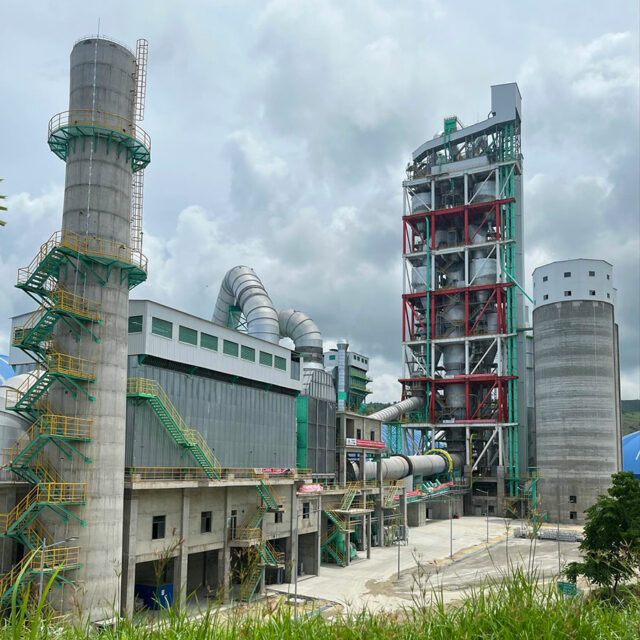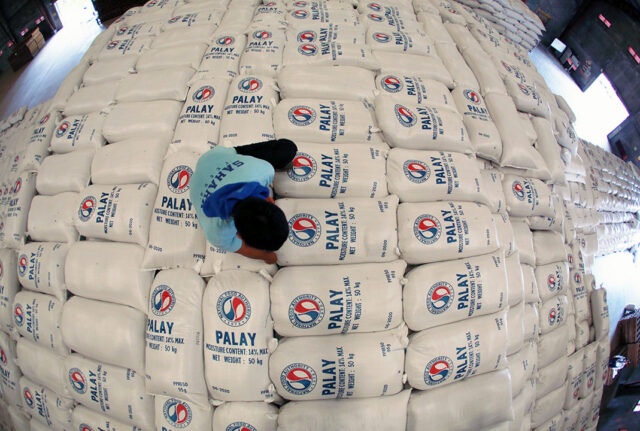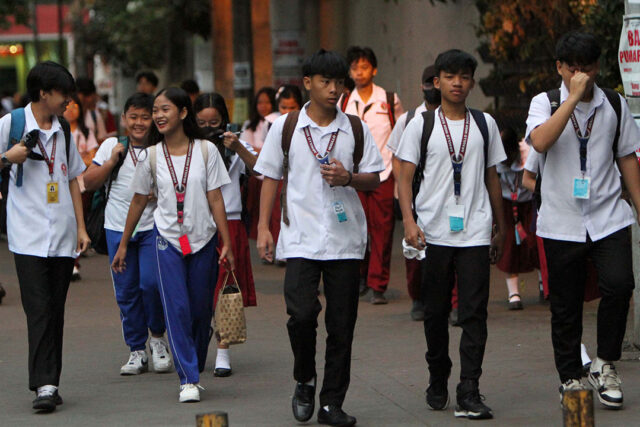Furniture makers want gov’t help in ‘opening doors’ to new markets
By Justine Irish D. Tabile, Reporter
THE furniture industry said it needs government support to break into new markets, citing the expense of mounting trade shows overseas.
“We just hope that they support us more, open doors for us, especially internationally,” 2025 Philippine International Furniture Show (PIFS) Chairman Erwin V. Tan told reporters on Thursday.
“It is very expensive to bring shows like this abroad, and it’s not a joke. But with the government there, it’s going to be easier for us. They have all the connections; they have all the resources, so we really need their support,” he added.
He said that the industry is now starting to normalize after the pandemic.
“Things are going back to normal. So our goal is to reposition ourselves back, not only here in the domestic market but also on the international stage,” Mr. Tan said.
Asked about the current standing of the Philippines vis-a-vis its ASEAN counterparts, he said that the Philippine furniture industry has lagged.
“We’re reintroducing a lot of new stuff, new materials, and new talent, because we’d really like to position ourselves for a comeback,” he said.
He said Philippine furniture enjoys a reputation for ingenuity and skilled work, adding: “We just want to bring that back again; thus, we organize shows like this.”
He said that the plan is to do more shows overseas, including Dubai, the US, and Europe adding: “First things first, we have to settle down and fix things first.”
Managed by Global-Link MP Events International, Inc., the 2025 PIFS and Interior & Design Manila (IDM) has around 180 participating brands and 15,000 attendees. It will run until March 8.
Mr. Tan said he is optimistic for the industry this year. “Everything seems to be going back to normal. The construction business is booming again. All the projects that have put on hold are now ongoing. So we feel bullish about it, and that is why we try our best to improve the outlets or the shows like what you see now,” he added.
Asked to comment, Philippine Exporters Confederation, Inc. President Sergio R. Ortiz-Luis, Jr. said the furniture industry is not making full use of the European Union’s (EU) Generalised Scheme of Preferences Plus (GSP+).
“Furniture exports have gone down. It’s almost gone. This afternoon we have a meeting with the EU delegation, and I think the GSP+ will be the topic,” he said.
“We are not taking advantage of it. (Furniture) should be a beneficiary of the GSP+, but it is not being utilized,” he added.
He said challenges faced by Filipino furniture exporters include unfamiliarity with procedures in international markets and high production costs.












